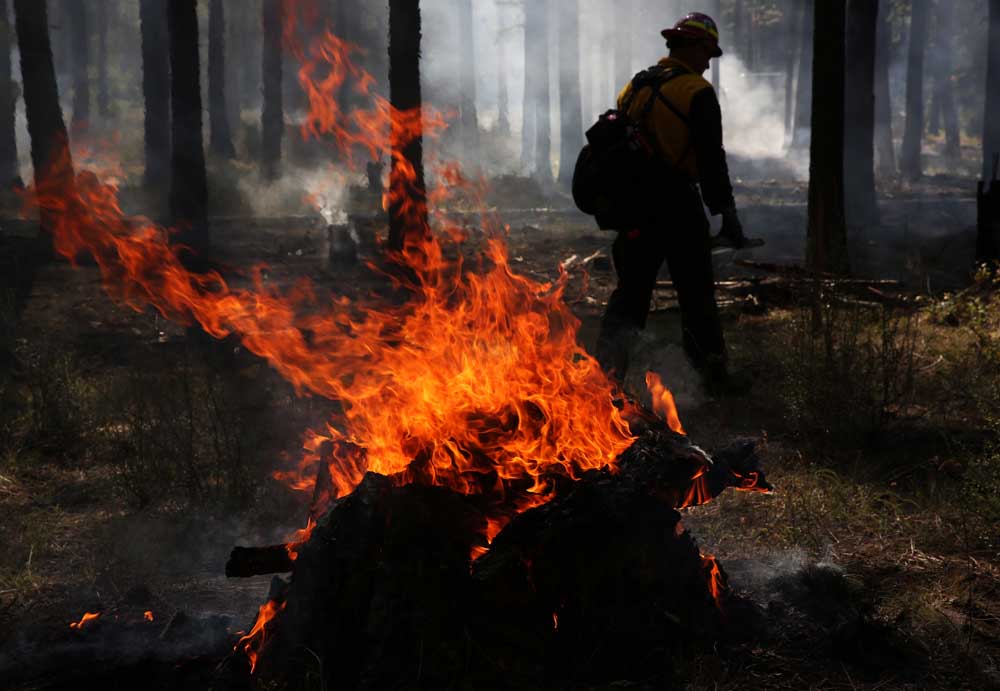Ascend the rim of an ancient supervolcano at Barnes Butte in Prineville
Published 5:00 am Friday, September 13, 2024

- The paved trail at Barnes Butte Recreation Area.
We’re in the liminal space of summer fading to fall. I’m already anticipating the upcoming sweater weather and was caught off guard by the sweltering heat on a Prineville hike last week.
Barnes Butte, a 2.7-mile trek with 550 feet elevation, is located a few minutes from downtown Prineville and accessible from the Ironhorse subdivision. It offers a quick thigh-burning hike with 360-degree views that include the Ochocos and Cascades on a clear day.
The butte is made of igneous rock formed from a supervolcano believed to have erupted about 29.5 million years ago. The eruption’s remains created other rhyolite domes in the Crooked River Caldera: Grizzly Mountain, Powell Butte and Gray Butte.
After parking near an old ranch house, my husband, our dog and I walked along a paved path until reaching a mountain bike trail sign labeled Baby Burma. We hung a right and wound up on a washed-out, rocky road formerly home to a cinnabar ore mine.
The sun radiated off the rocks, making 85 degrees feel like 95 degrees as we ascended 500 feet up the ancient volcano. Each time my dog Juno passed under the shade of a juniper, she stopped, protesting the hot conditions. She refused to press on until I pointed to the next blip of shade further up the trail.
Dinah-Moe-Humm Trail offers variety for Central Oregon mountain bikers
Stopping on the saddle
Once we reached the saddle, Baby Burma met the Butte to Butte mountain bike trail. We soaked in the views below before turning left where the summit was just 500 feet past an outcropping of rocks. But Juno didn’t care. She plopped her body under a small spot of shade, where we joined her in taking a break from the oppressive heat.
As we sat on the side of the trail, a man passed us at about 10:30 a.m. He said he climbed the butte three times a week, but usually a little earlier in the morning. Aside from hot days, he said, it’s also not ideal to hike the butte after precipitation, as rain or snowmelt causes the soil to become clay-like and slippery.
The last section of the trail required some light scrambling around the rock. We looked around, then hurried back down the volcano, goading Juno from one spot of shade to the next, the air conditioning of my vehicle beckoning in the parking lot.









